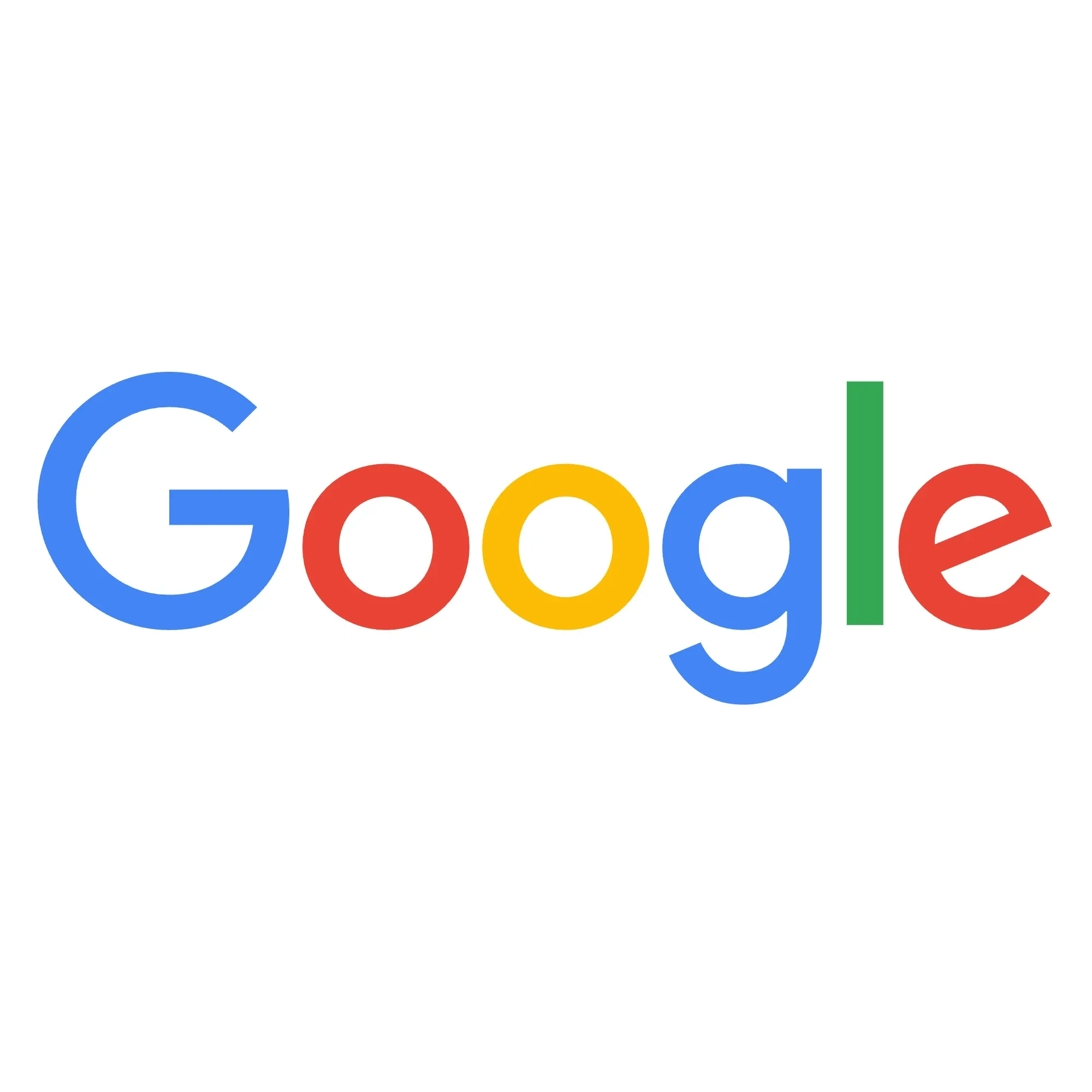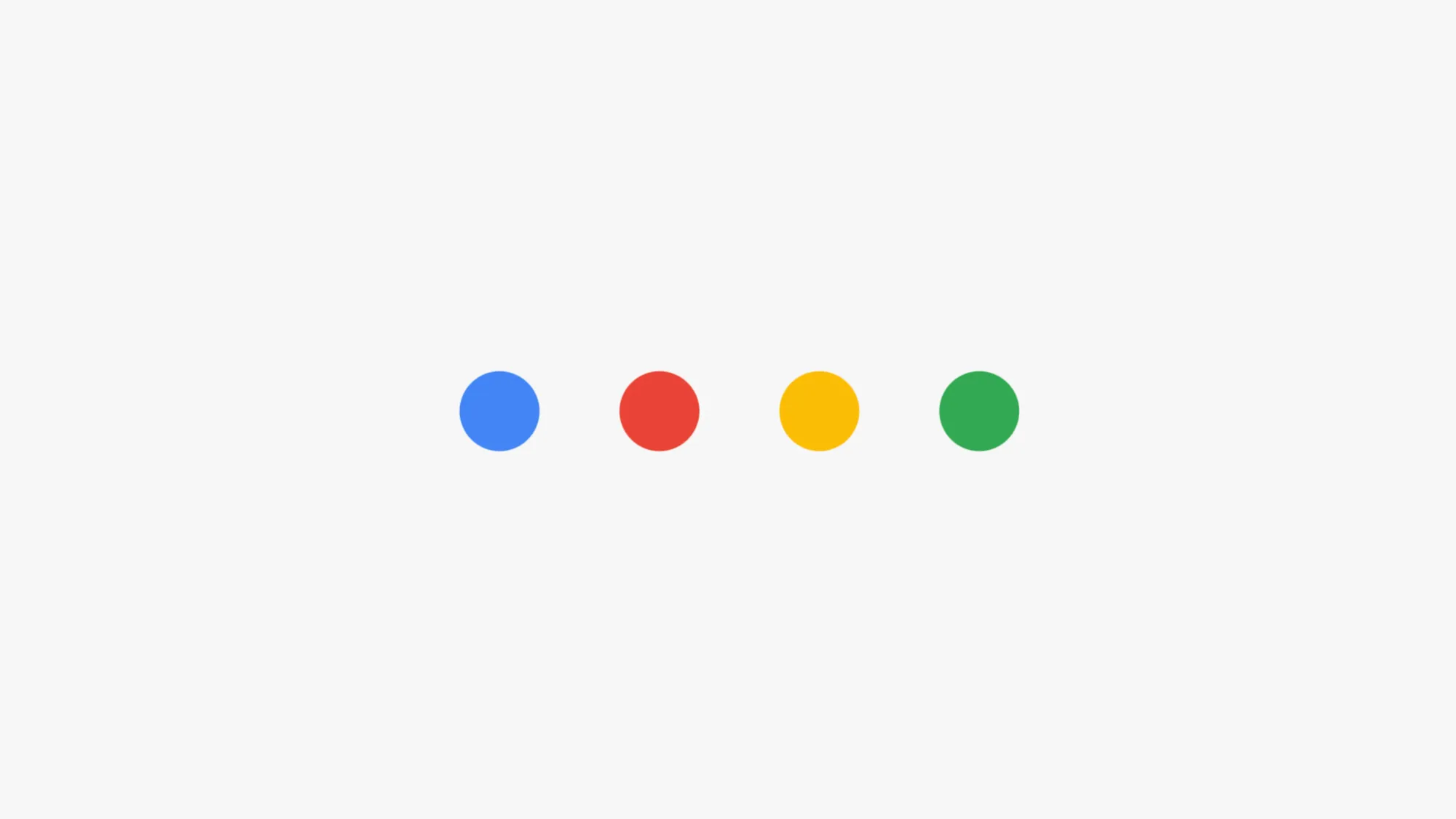Google adds new customer lifecycle targeting options for advertisers
Google's lifecycle goals allow businesses to prioritize different customer segments.

Google announced significant updates to its customer lifecycle goals feature in Google Ads on April 8, 2025, just six days ago. The enhancements expand advertisers' abilities to target specific customer segments across different stages of their relationship with a business. These updates are part of Google's ongoing development of its Performance Max campaign capabilities.
According to official Google documentation, customer lifecycle goals help businesses "increase value from both new and existing customers by revitalizing new customer acquisition efforts, seeking new high-value customers, or re-engaging lapsed customers." The system leverages Google's Smart Bidding technology to optimize beyond simple revenue generation.
The updated customer lifecycle goals now include two primary categories: new customer acquisition goals and retention goals. Each category contains several bidding modes designed to target specific customer segments.
For the new customer acquisition category, Google has implemented three distinct bidding modes. The New Customer Value Mode allows advertisers to "bid higher for new customers than existing ones" while maintaining engagement with returning customers. High Value New Customer Mode, currently in beta testing, enables differentiated bidding priorities for high-value new prospects versus regular new customers and existing ones. The New Customer Only Mode restricts bidding exclusively to new customers, which Google recommends for businesses with strict new customer acquisition budgets or those focused on non-purchase conversion goals like lead generation.
Like what you're reading? Help us continue bringing you quality PPC news and insights by supporting PPC Land with a donation.
The retention goal category now features two beta modes focused on re-engaging lapsed customers. Win-Back Mode optimizes bidding to target customers who haven't engaged with a brand for a business-defined period. High Value Win-Back Mode specifically targets lapsed customers who previously generated significant value through high purchase frequency, large basket sizes, or high-value orders.
"Customer lifecycle goals in Google Ads are a set of performance optimization features that help you prioritize your advertising campaigns for specific customer lifecycle stages," states the Google Ads documentation. This strategic approach aims to help businesses balance new customer acquisition with customer retention strategies.
Implementation of these customer lifecycle goals varies by campaign type. New Customer Value Mode and New Customer Only Mode are available for Search, Performance Max, and Shopping campaigns, while High Value New Customer Mode and both Win-Back Modes are currently limited to Performance Max campaigns only.
All modes except New Customer Only Mode require at least one purchase conversion goal. For bidding strategies, the New Customer Only Mode supports both value-based bidding (Target ROAS, Maximize conversion value) and cost-based bidding (Maximize conversions, Target CPA). The other modes exclusively support value-based bidding strategies.
Google's documentation emphasizes the importance of accurate customer segmentation for effective implementation of these goals. By default, Google uses multiple methods to identify customer segments, including Google auto-detection (which identifies returning customers based on purchases within the last 540 days), Customer Match lists (uploaded by advertisers), and tag-based remarketing lists.
For more precise reporting, Google recommends setting up the new vs. existing customer parameter in conversion tracking tags. According to the documentation, "Using the new vs. existing customer parameter provides Google with ground-truth reporting that acts as a feedback loop for Google to improve its new vs existing customer detection model."
The reporting interface for these goals has also been enhanced. In the Campaigns table, advertisers can add the "New vs. returning customers" segment to view conversions and conversion value categorized by customer type. For new customer acquisition campaigns, this includes metrics for new customers, returning customers, high-value new customers (if opted into that mode), and unknown customers (those who cannot be identified due to privacy settings or measurement limitations).
Additional metrics available include Customer Acquisition Cost (CAC), defined as "ad spend allocated to new customers divided by the total of unique new customers acquired through a campaign," and New customer lifetime value, which represents "the conversion value adjustment corresponding to acquisition conversions."
Want to reach marketing professionals and decision-makers? Showcase your brand, tools, or services with our sponsored content opportunities.
Performance measurement for lifecycle goal campaigns requires pre- and post-implementation testing. Google suggests measuring the ratio of preferred customer segments before and after enabling lifecycle goals using analytics platforms. While incrementality testing isn't supported directly within Google Ads, Google notes that advertisers can use Conversion Lift features based on geography and users to test if their media mix is delivering incremental new customers.
Google acknowledges certain limitations with these features. High proportions of unknown or returning conversions may occur due to various factors including iOS tracking limitations, ads personalization settings, or conversions in sensitive interest categories. To address these issues, Google recommends implementing new customer acquisition reporting in the Google tag to reduce these impacts.
These enhancements arrive as digital advertisers face increasing pressure to demonstrate return on investment while navigating a complex privacy landscape. The lifecycle goals represent Google's attempt to provide more sophisticated targeting capabilities while working within contemporary data limitations.
For marketers, these expanded lifecycle goals offer several significant advantages. First, they provide more granular control over bidding strategies for different customer segments, potentially improving marketing efficiency by allocating budget toward the most valuable audience segments. Second, they acknowledge the different values associated with acquiring new customers versus retaining existing ones, allowing for more nuanced attribution and valuation. Finally, the beta features focusing on high-value segments signal Google's recognition that not all customers within a segment carry equal value.
Implementation of these features requires careful configuration and measurement. Google's documentation highlights several potential pitfalls, including misclassification of customers due to measurement limitations and the need for proper configuration of conversion tracking. The company recommends thorough testing and monitoring of customer segment ratios to ensure optimal performance.
The distinction between new customers and high-value new customers represents a particularly notable advancement. By enabling differentiated bidding for these segments, Google acknowledges the varying potential lifetime values of different customer acquisitions. This approach aligns with sophisticated customer lifetime value modeling practices that have long been utilized in direct marketing but have proven challenging to implement in digital advertising environments.
Google's documentation includes this example of how the new customer lifetime value calculation works: "If you have 5 new customer acquisition conversions and the value assigned to new customer acquisition is $25 USD, the additional new customer lifetime value column would show $125 USD."
Measurement capabilities for these new features include detailed reporting on customer acquisition costs, new customer lifetime value adjustments, win-back customer counts, and win-back customer lifetime value metrics. This enhanced reporting enables marketers to more accurately assess the long-term value of their acquisition efforts rather than focusing solely on immediate conversion metrics.
The timing of this release aligns with broader industry trends focusing on marketing efficiency and customer lifetime value. As acquisition costs continue to rise across digital channels, solutions that optimize for long-term customer value rather than one-time conversions have become increasingly important for sustainable marketing strategies.
Timeline
- Earlier than 540 days ago: Google begins auto-detection system for identifying returning customers based on purchase history
- Prior to April 2025: Initial release of basic customer lifecycle goals capabilities in Google Ads
- April 8, 2025: Announcement of expanded capabilities including:
- New Customer Value Mode for Search, Performance Max, and Shopping campaigns
- High Value New Customer Mode (Beta) for Performance Max campaigns
- New Customer Only Mode for Search, Performance Max, and Shopping campaigns
- Win-Back Mode (Beta) for Performance Max campaigns
- High Value Win-Back Mode (Beta) for Performance Max campaigns
- Present (April 14, 2025): Features available to advertisers with appropriate campaign configurations and conversion goals


